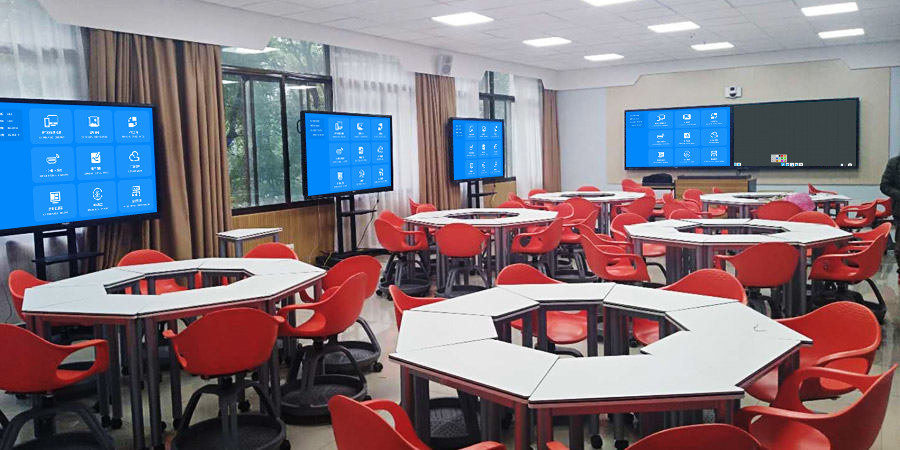What is Multi-Screen Interaction? A Comprehensive Analysis from Simple Screen Mirroring to Efficient Collaboration
In digital work and life, we often hear the terms multi-screen interaction and screen mirroring. Many people think they are the same thing, but in reality, multi-screen interaction represents a deeper technological evolution. This article will provide a comprehensive analysis of the path from screen mirroring to multi-screen interaction.
Screen Mirroring: The Basic Form of Technology
Screen mirroring is the most basic way of screen sharing, primarily achieving the “copying” of screen content from device A (such as a phone, computer) to device B (such as a TV, projector) for display. It solves the problem of content display, but its interactivity is limited, usually being a one-way information transfer.
Multi-Screen Interaction: The Advanced Form of Collaboration
Multi-screen interaction is a comprehensive upgrade based on screen mirroring. It not only includes screen mirroring but also emphasizes two-way interaction and complementary capabilities between devices. For example, after mirroring, you can use the TV remote control to operate your phone, or drag and drop files between different devices.
Core Difference: One-Way Display vs. Two-Way Collaboration
-
Screen Mirroring: Like a “photocopier,” it’s just a simple reproduction of content.
-
Multi-Screen Interaction: Like a “collaborative team,” devices each perform their functions yet cooperate closely, achieving a “1+1>2” effect.
Understanding the difference between multi-screen interaction and basic screen mirroring helps us better utilize technology to improve efficiency. With the development of 5G and IoT technologies, multi-screen interaction will become a standard configuration for future digital life.